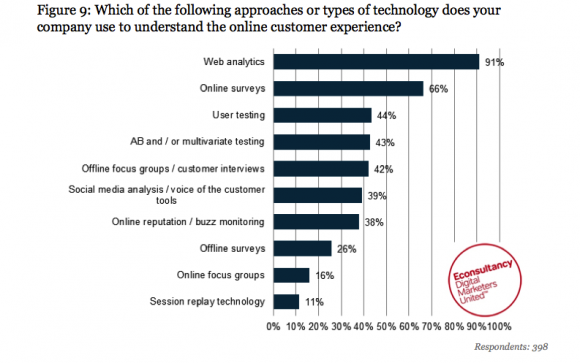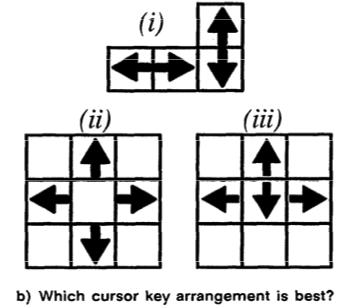Idzie ku lepszemu!
Maciek Lipiec wyszukał na stronach Instytutu Wzornictwa Przemysłowego informację o rozpoczęciu rekrutacji na studia podyplomowe w Warszawie poświęcanone zarządzaniu projektowaniem usług. Wykładowcami na tym kierunku mają być zarówno pracownicy Instytutu jak i Szkoły Głównej Handlowej. Czesne za dwa semetry ma wynieść około 8.000 złotych.
Co ciekawe – SGH/IWP nie są jedynymi organizacjami w Polsce zajmuącymi się w Polsce service designem. W Poznaniu, w tamtejszym Uniwersytecie Ekonomicznym od kilkunastu lat (!) istnieje Katedra Usług, zajmująca się pracą stricte naukową i dydaktyczną. Jest też (była?) jedynym polskim członkiem naukowej części Service Design Network.
Z kolei w Krakowie, w Intytucie Informacji Naukowej i Bibliotekoznawstwa (stanowiącego część krakowskiego Uniwersytetu Pedagogicznego) trwa nabór na kolejną edycję studiów podyplomowych w zakresie architektury informacji i zarządzanie informacją w serwisach internetowych. Koszt rocznych studiów to 2,500 złotych.
W Warszawie Szkoła Wyższa Psychologii Społecznej (zwana popularnie SWPS-em) przy współpracy z IAB Polska uruchomiła zapisy na roczne podyplomowe studia Architektura informacji i badania użyteczności nowych technologii. Jak możemy przeczytać, celem studiów jest:
(…) teoretyczne i praktyczne przygotowanie słuchaczy do tworzenia projektów funkcjonalnych i strategii nowych rozwiązań interaktywnych produktów takich jak serwisy www, usługii mobilne, interfejsy dotykowe. Produkty takie opracowywane są w oparciu o czynnik ludzki i znajomość zachowań ludzi, w tym badania użyteczności i analizy zachowań konsumentów.
oraz
(…) stworzenie pierwszych w Polsce wyspecjalizowanych studiów w obszarze User Experience/Usability/HCI w oparciu o doświadzcenie polskie i metodologie stosowane na świecie.
Koszt studiów to w zależności od sposobu dokonania płatności od 7.000 do 7.500 złotych.
Update!
Już po opublikowaniu tego artykułu napisała do mnie pani dr Julita Koszur, z informacją o istniejącym we Wrocławiu oddziale SWPS kierunku podyplomowych studiów o nazwie: Psychologia w projektowaniu interakcji i e-marketingu. Studia mają na celu:
(…) zapoznanie słuchaczy z najbardziej aktualną i kompleksową wiedzą umożliwiającą skuteczne działanie w obszarze projektowania interakcji, user experience (UX) i e-marketingu.
Ze wszystkich opisanych w niniejszym wpisie kierunków, ten wrocławski posiada najlepiej opisaną listę wykładowców. Wg strony internetowej są to:
prof. Dariusz Doliński (SWPS), prof. Czesław S. Nosal (SWPS), prof. Bogusław Pawłowski (UWr, SWPS), prof. Michael Fleischer (SWPS), dr Jan Zając (SmartNet Research&Solutions; Uniwersytet Warszawski), dr Michał Wierzchoń (Uniwersytet Jagielloński), dr Tomasz Grzyb (SWPS), dr Anna Hełka (SWPS); dr Agnieszka Szóstek (Laboratorium Interaktywnych Technologii przy Ośrodku Przetwarzania Informacji – OPI), dr Agnieszka Skuczyńska (Wolfram Research), Joanna Sieniawska (agencja interaktywna Ideacto), Paweł Tkaczyk (agencja reklamowaj MIDEA), Tomasz Karwatka (grupa Divante), Marcin Piwowarczyk (IMAS International), Jakub Andrzejewski (BLStream).
Studia trwają rok i kosztują od 5.100 do 5.500 zł w zależności od sposobu płatności.
To świetna wiadomość, że polskie uczelnie powoli zaczynają dostrzegać potrzebę edukacji projektantów usług, user experience, architektury informacji i badaczy HCI. Na tle zachodnich instytucji prezentujemy się mniej niż przeciętnie , ale cieszy, że pojawiają się pierwsze symptomy zmian. Istnieje też nadzieja, że poza edukacją projektantów i managerów, rozpocznie się więcej stricte naukowych nad badań tymi młodymi dziedzinami. Oby!









Recent Comments